2-Chlorophenyl isocyanate
- CAS NO.:3320-83-0
- Empirical Formula: C7H4ClNO
- Molecular Weight: 153.57
- MDL number: MFCD00001999
- EINECS: 222-023-7
- SAFETY DATA SHEET (SDS)
- Update Date: 2025-01-27 09:38:02

What is 2-Chlorophenyl isocyanate?
Chemical properties
clear colourless liquid
The Uses of 2-Chlorophenyl isocyanate
2-Chlorophenyl isocyanate has been used:
- as standard to investigate the photocatalytic degradation of Monuron over TiO2 suspensions
- in the preparation of 2-(2-chlorophenylamino)-3,5-dihydro-5,5-dimethyl-3-phenyl-6H-imidazo[1,2-b]-1,2,4-triazol-6-one
- in synthesis of pentenylated β-cyclodextrin chlorophenyl carbamates
Flammability and Explosibility
Non flammable
Properties of 2-Chlorophenyl isocyanate
| Melting point: | 2-4 °C |
| Boiling point: | 83-84 °C (10 mmHg) |
| Density | 1.273 g/mL at 25 °C(lit.) |
| refractive index | 1.5565-1.5585 |
| Flash point: | 88 °C |
| solubility | Decomposes |
| color | Clear, colourless |
| Water Solubility | Decomposes |
| Sensitive | Moisture Sensitive/Lachrymatory |
| BRN | 386478 |
| CAS DataBase Reference | 3320-83-0(CAS DataBase Reference) |
| NIST Chemistry Reference | Benzene, 1-chloro-2-isocyanato-(3320-83-0) |
| EPA Substance Registry System | Benzene, 1-chloro-2-isocyanato- (3320-83-0) |
Safety information for 2-Chlorophenyl isocyanate
| Signal word | Danger |
| Pictogram(s) |
 Corrosion Corrosives GHS05  Skull and Crossbones Acute Toxicity GHS06  Health Hazard GHS08  Environment GHS09 |
| GHS Hazard Statements |
H227:Flammable liquids H314:Skin corrosion/irritation H317:Sensitisation, Skin H318:Serious eye damage/eye irritation H330:Acute toxicity,inhalation H334:Sensitisation, respiratory H401:Hazardous to the aquatic environment, acute hazard H411:Hazardous to the aquatic environment, long-term hazard |
| Precautionary Statement Codes |
P260:Do not breathe dust/fume/gas/mist/vapours/spray. P280:Wear protective gloves/protective clothing/eye protection/face protection. P284:Wear respiratory protection. P310:Immediately call a POISON CENTER or doctor/physician. P320:Specific treatment is urgent (see … on this label). P303+P361+P353:IF ON SKIN (or hair): Remove/Take off Immediately all contaminated clothing. Rinse SKIN with water/shower. P304+P340:IF INHALED: Remove victim to fresh air and Keep at rest in a position comfortable for breathing. P305+P351+P338:IF IN EYES: Rinse cautiously with water for several minutes. Remove contact lenses, if present and easy to do. Continuerinsing. P405:Store locked up. |
Computed Descriptors for 2-Chlorophenyl isocyanate
2-Chlorophenyl isocyanate manufacturer
ASM Organics
Andhra Pradesh
Phone:91-9866122393
Whatsapp: 91-9866122393
product: 2-Chlorophenyl isocyanate
New Products
Methyl (R)-1-Boc-4,4-difluoropyrrolidine-2-carboxylate 2,2-Difluoropropylamine hydrochloride tert-butyl 3-bromoazetidine-1-carboxylate (R)-1-Boc-3-hydroxypyrrolidine DIFLUOROACETIC ANHYDRIDE 2,2-Difluoropropionic acid Diallylamine, 99% Calcium hydroxide, 95% Aluminum oxide, basic 2-Bromophenylacetonitrile, 97% L-tert-Leucine,97% N-Hydroxy-2-methylpropanimidamide 4-(3,4-Dichlorophenyl)-3,4-Dihydro-N-Methyl-1-(2H)-Naphthalenimine (Schiff Base) 2-AMINO-3,5-DIBROMO BENZALDEHYDE [ADBA] L-Glutamic Acid Dimethyl Ester Hcl 10-Methoxy-5H-dibenz[b,f]azepine 5-Cyanophthalide N, N-Carbonyldiimidazole (CDI) Dibenzoyl Peroxide Titanium Dioxide 2-(Methylthio) Benzonitrile Sodium Acetate Anhydrous Allopurinol 1,5-DibromopentaneRelated products of tetrahydrofuran
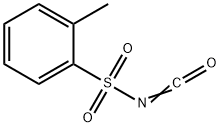


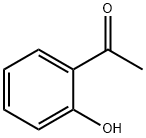

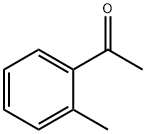

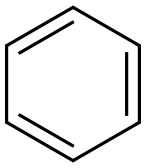
You may like
-
 3320-83-0 2-Chlorophenyl isocyanate-98% 99%View Details
3320-83-0 2-Chlorophenyl isocyanate-98% 99%View Details
3320-83-0 -
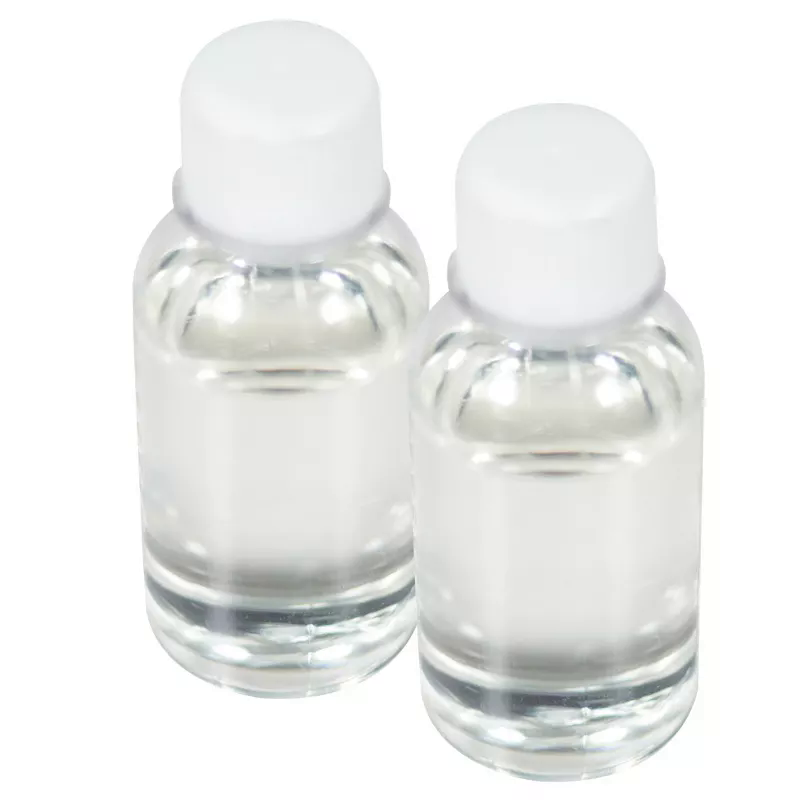 3320-83-0 98%View Details
3320-83-0 98%View Details
3320-83-0 -
 2-Chlorophenyl isocyanate 98%View Details
2-Chlorophenyl isocyanate 98%View Details
3320-83-0 -
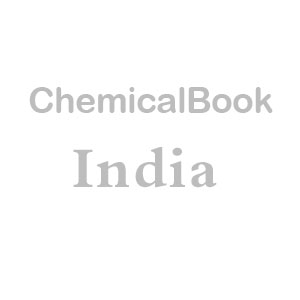 Ethyl-2-Chloroacetoacetate 609-15-4View Details
Ethyl-2-Chloroacetoacetate 609-15-4View Details
609-15-4 -
 CIS- BROMO BENZOATEView Details
CIS- BROMO BENZOATEView Details
61397-56-6 -
 609-15-4View Details
609-15-4View Details
609-15-4 -
![1-(6-Methylpyridin-3-Yl)-2-[4-(Methylsulfonyl)Phenyl]Ethanone [Ketosulfone] 99%](https://img.chemicalbook.in//Content/image/CP5.jpg) 1-(6-Methylpyridin-3-Yl)-2-[4-(Methylsulfonyl)Phenyl]Ethanone [Ketosulfone] 99%View Details
1-(6-Methylpyridin-3-Yl)-2-[4-(Methylsulfonyl)Phenyl]Ethanone [Ketosulfone] 99%View Details
221615-75-4 -
 27143-07-3View Details
27143-07-3View Details
27143-07-3
Statement: All products displayed on this website are only used for non medical purposes such as industrial applications or scientific research, and cannot be used for clinical diagnosis or treatment of humans or animals. They are not medicinal or edible.
